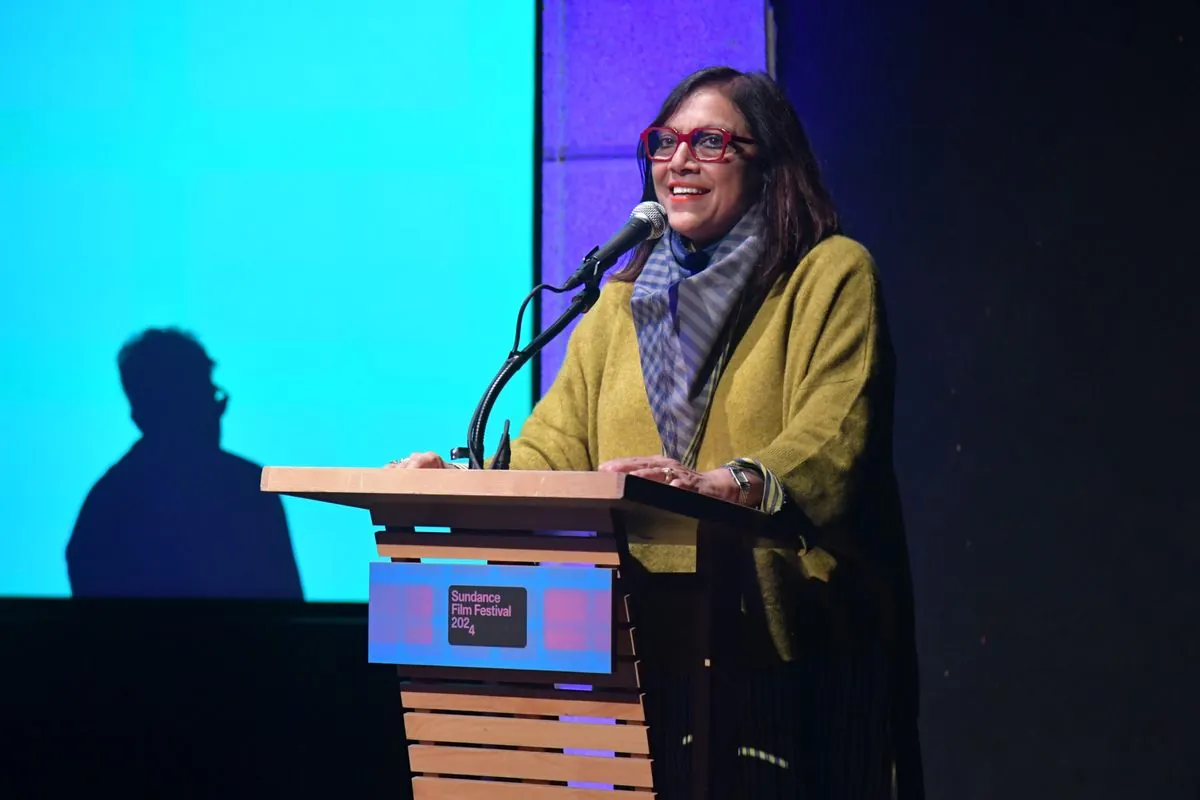24-Hour Criterion Marathon: A Cinephile's Journey Through Art House Cinema
A film enthusiast embarks on a 24-hour viewing of Criterion24/7, exploring diverse cinematic offerings from the renowned Criterion Collection. The marathon reveals insights into art house cinema and the challenges of extended viewing.

The Criterion Collection, established in the 1980s, has long been synonymous with preserving and presenting art house and foreign films. In 2019, the company launched the Criterion Channel streaming service, which recently introduced Criterion24/7, a continuous live-stream of its extensive library. Intrigued by this offering, one film enthusiast decided to undertake a 24-hour viewing marathon, documenting the experience and insights gained along the way.
The journey began at 6 a.m. with Mira Nair's "Mississippi Masala" (1991), featuring Denzel Washington and Sarita Choudhury. Despite entering mid-film, the viewer was struck by Nair's ability to create vibrant, humanist worlds. This experience highlighted the potential for discovering new filmmakers and perspectives through such a marathon.

As the day progressed, the viewer encountered a diverse array of films, including:
- "Larisa" (1980): A documentary about Soviet filmmaker Larisa Shepitko
- "A Nos Amours" (1983): A French coming-of-age drama by Maurice Pialat
- "The Joke" (1969): A Czech New Wave film addressing communism and totalitarianism
- "Grey Gardens" (1975): The Maysles brothers' famous documentary about isolated women
- "The Color of Pomegranates" (1969): An experimental film about poet Sayat-Nova
Each film offered unique insights into different cultures, eras, and cinematic styles. The viewer noted the challenge of maintaining focus and appreciation throughout the marathon, especially as fatigue set in.
"Don't try to understand it. Feel it."
The marathon continued into the evening and early morning hours, featuring films like Wong Kar-wai's "Days of Being Wild" (1990) and the horror classic "Carnival of Souls" (1962). The viewer's stamina was tested, particularly during the late-night hours when more explicit content was aired.
Throughout the 24-hour period, the viewer gained exposure to filmmakers they had long intended to explore, such as Jean Renoir and Wong Kar-wai. This highlights one of the benefits of such a marathon: the opportunity to broaden one's cinematic horizons and discover new favorites.
The experience also revealed the challenges of extended viewing sessions, including mental fatigue and the difficulty of fully appreciating complex films in a state of exhaustion. Despite these obstacles, the marathon provided a unique perspective on the breadth and depth of the Criterion Collection's offerings.
As the 24-hour journey concluded, the viewer reflected on the value of such an endeavor. While not recommended as a regular practice, this marathon offered a condensed exploration of cinema history and artistry, showcasing the importance of preservation efforts like those undertaken by the Criterion Collection.
In the end, this cinematic odyssey served as a testament to the enduring power of film to captivate, challenge, and inspire viewers, even in the most unconventional of circumstances.


































